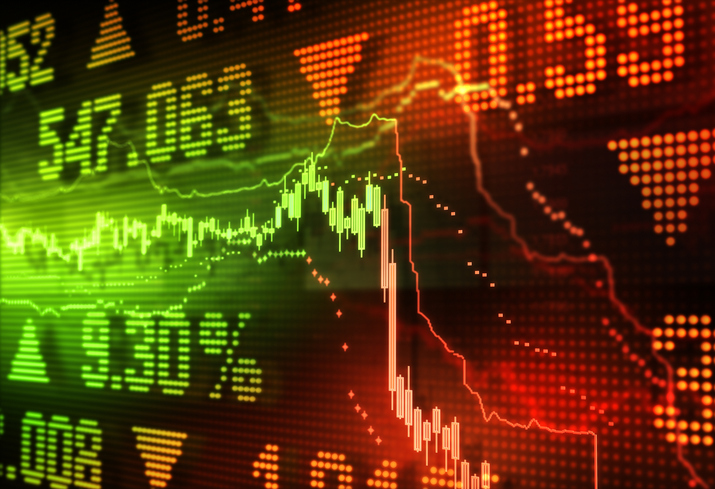The threat of a full-blown trade war between the world’s two largest economies continues to gain momentum. Recently, Trump ratcheted up the rhetoric against Beijing by announcing that instead of imposing a 10% tariff on US$200 billion of imports from China, he would increase that to 25%. Then there are his earlier threats to place tariffs on US$500 billion of goods from China, which is essentially all exports that the East Asian nation makes to the U.S. These actions would force Beijing to respond in a similar manner.
The contagion won’t be limited to the world’s largest economies; it would spread around the globe, thereby significantly impacting some of the world’s most vulnerable economies and potentially triggering the next financial crisis.
Now what?
The fallout from such a trade conflict would be tremendous. Not only would it sharply impact China’s manufacturing sector, causing commodities consumption to fall sharply, but because China is the world’s single largest consumer of commodities (except for crude), it could trigger a crisis among emerging markets.
A stronger U.S. dollar, large fiscal deficits triggered by years of weak commodities, burgeoning dollar denominated debt and large capital outflows are all weighing on many emerging economies, which makes them particularly vulnerable to external economic shocks such as a full-blown trade war.
Such a conflict would spark a sharp collapse in commodity prices, as a sharp deterioration in demand from China would place considerable pressure on the fiscal health of many emerging economies. The most vulnerable are those which, like Argentina, Brazil, Indonesia and Turkey are highly dependent on commodity exports, have weak governance, poor fiscal conditions and high levels of dollar denominated debt.
If a number of emerging markets plunged into crisis, much like the Asian financial crisis of 1997, the fallout would be global. It wouldn’t be limited to developing economies and would cause the downward spiral of commodity prices to accelerate. The fallout would also be felt in developed nations, especially in those like Australia and Canada that are heavily dependent upon commodities exports to drive economic growth. It potential could be the external shock need to tip economies such as Italy, which are already dealing with their internal own fiscal dilemmas, into crisis.
So what?
While such a crisis may not be on the scale of the global financial crisis of a decade ago, it would certainly sharply impact financial markets. This would spark a stampede for the exits as investors seek to reduce exposure to vulnerable growth assets and bolster their exposure to defensive safe havens such as gold. That would certainly give the price of gold a solid boost.
Now that the yellow metal has retreated sharply in recent weeks, it has created an opportunity for investors seeking to weatherproof their portfolios from the broad range of economic and political risks. One of the best opportunities to gain levered exposure to gold is intermediate miner Kirkland Lake Gold Ltd. (TSX:KL)(NYSE:KL). The miner reported a solid second quarter 2018, thereby underscoring the quality and profitability of its operations even in an operating environment where gold is weakening. Gold production grew by 3% year over year to 164,685 ounces, leaving Kirkland Lake on track to achieve its 2018 guidance.
Impressively, the miner was able to rein in costs during the quarter. Cash costs were US$404 per ounce of gold sold, or 16% less than a year earlier and all-in sustaining costs (AISCs) came to US$757 per ounce produced. While those AISCs were 4% greater year over year, they represented a notable 4% decrease compared to the previous quarter. Such low operating costs underscore the profitability of Kirkland Lake’s operations in an environment where gold is trading at over US$1,200 an ounce. Because of this strong operational performance Kirkland Lake reported record quarterly EBITDA of US$124 million and elected to hike its quarterly dividend by 50% to US$0.03 per share.








